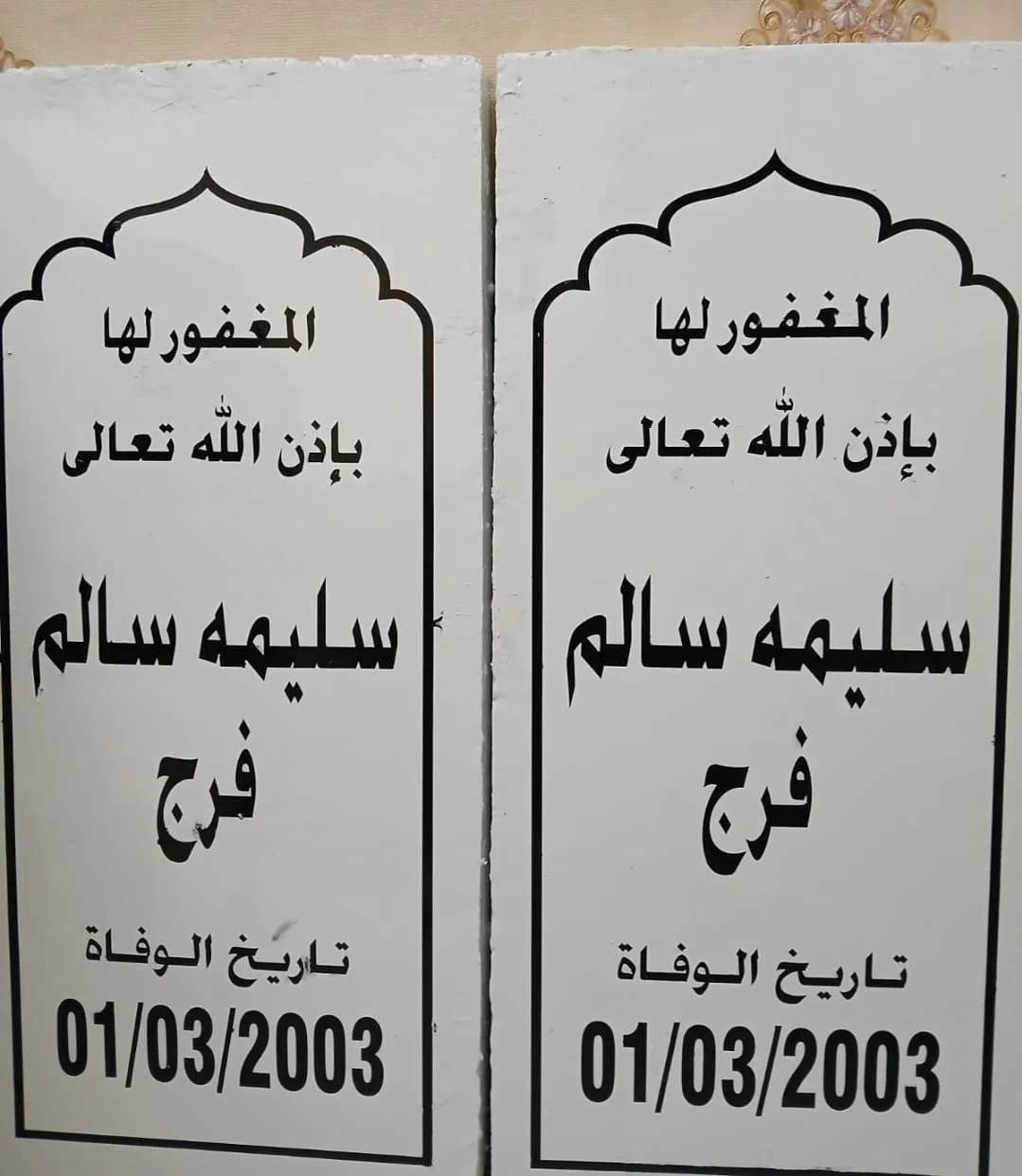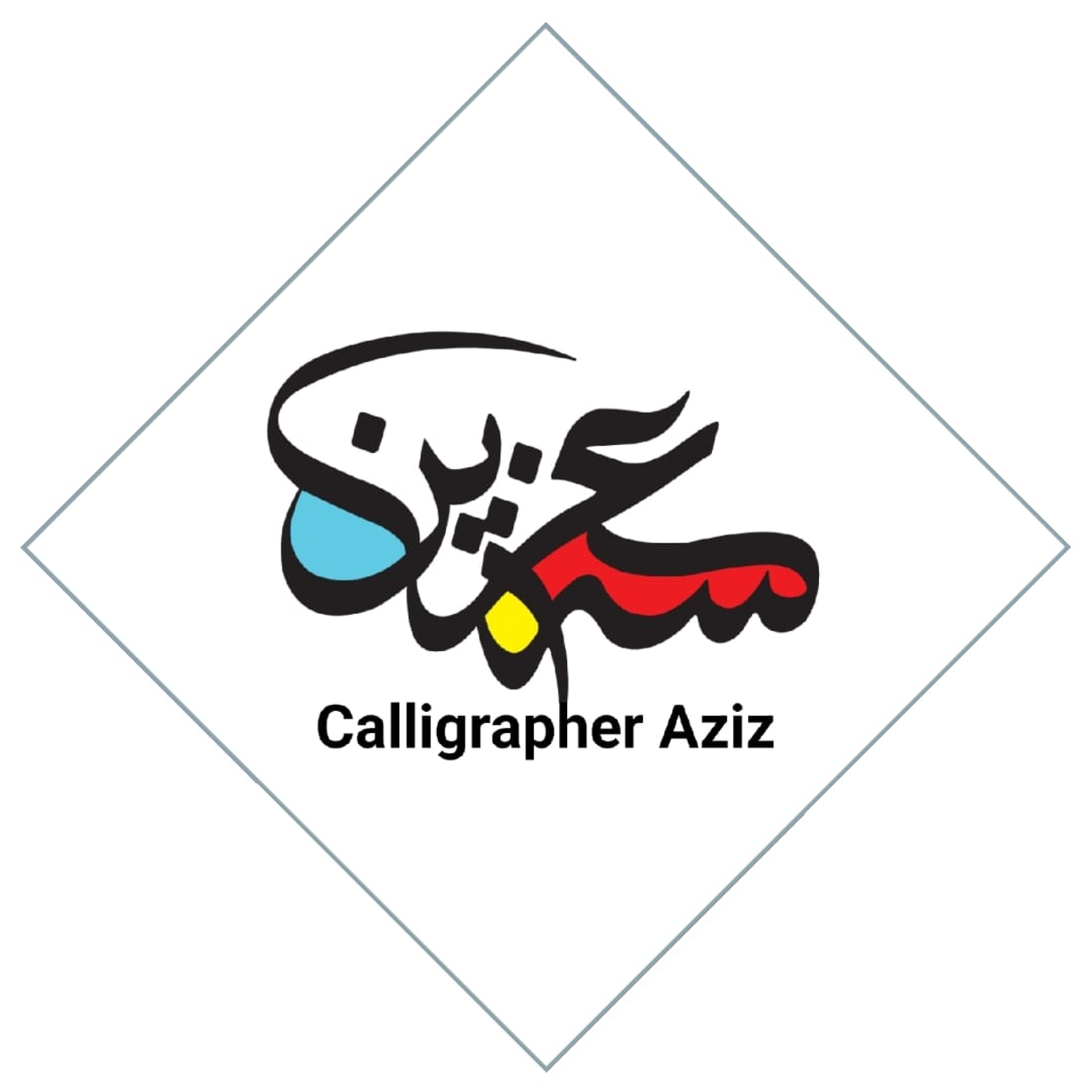Grave Marble Engraving has long been a way to preserve memory and express respect. When combined with Arabic calligraphy, it transforms into a unique cultural and spiritual tribute. This article explores the art, process, symbolism, and significance of Arabic calligraphy on marble gravestones.
The Significance of Marble in Grave Engravings
Marble has been one of the most enduring and revered materials for gravestones throughout history. Its strength, elegance, and symbolic qualities make it an ideal choice for families seeking to honor their loved ones with dignity and permanence.
Why Marble is Traditionally Preferred
Marble has been used in monuments, mosques, and memorials for centuries. Its smooth texture allows for precise engraving, while its natural beauty conveys a sense of peace and timelessness. Many cultures, including Islamic traditions, view marble as a noble stone that reflects purity and respect for the deceased.
Durability and Aesthetic Appeal
One of the main reasons marble is chosen for grave engravings is its ability to withstand time and weather conditions. Unlike softer stones, marble retains clarity in inscriptions and designs for decades when properly cared for. Its polished surface enhances the visibility of Arabic calligraphy, giving each word a striking and elegant presence.
Symbolism of Marble in Memorial Art
Beyond durability, marble carries symbolic meaning. White marble, in particular, is associated with purity, peace, and spiritual light—qualities that align with the remembrance of loved ones. The stone’s timeless character reflects the enduring nature of memory, while the engraved Arabic script adds depth by combining art, culture, and spirituality.
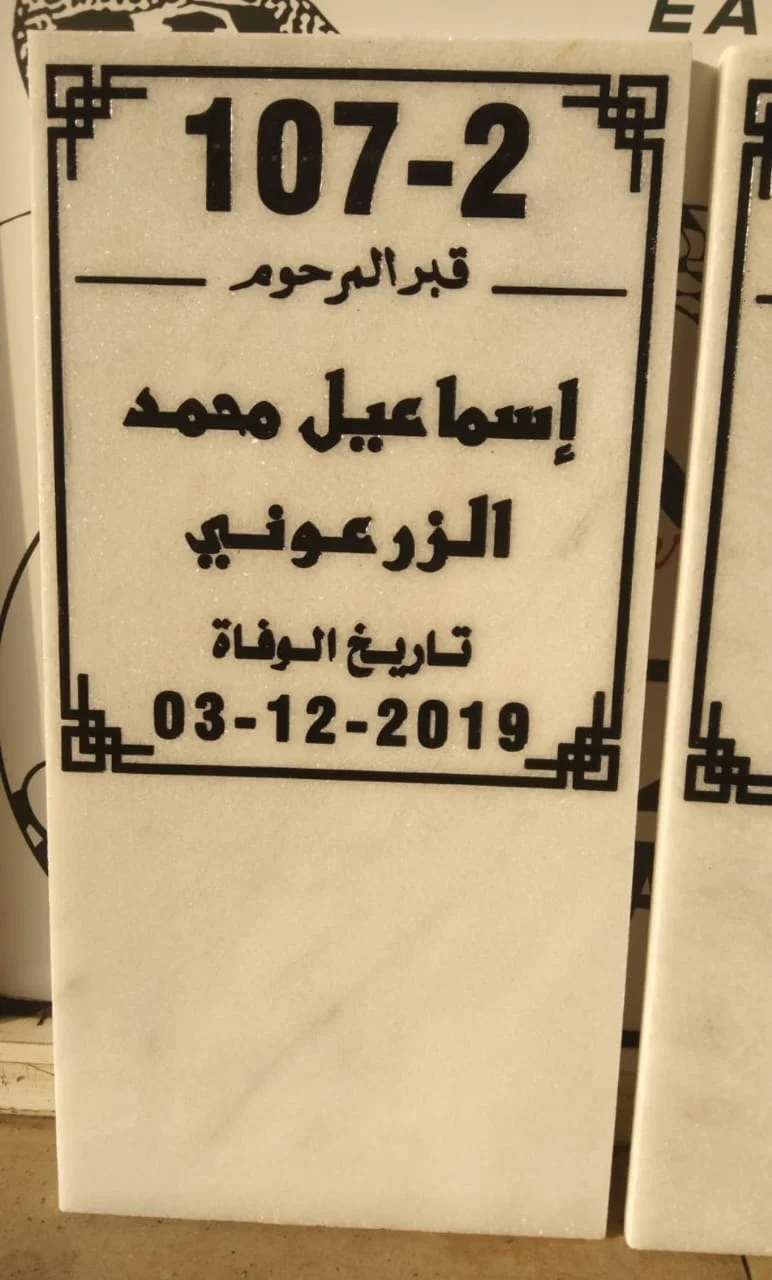
Arabic Calligraphy as a Timeless Tribute
Arabic calligraphy is more than just a decorative art—it is a profound expression of faith, culture, and beauty. When inscribed on marble gravestones, it transforms the memorial into a timeless tribute that connects the spiritual with the artistic.
The Spiritual Role of Arabic Calligraphy
In Islamic tradition, the written word carries immense significance. Verses from the Qur’an, prayers, and meaningful phrases engraved in calligraphy serve as a constant reminder of faith, mercy, and eternal life. By incorporating these inscriptions into marble engravings, families create not only a marker of remembrance but also a spiritual message that endures through generations.
Popular Calligraphy Styles for Memorials
Arabic calligraphy comes in many forms, each with its own personality and expression:
Naskh: Clear and highly readable, making it ideal for gravestones.
Thuluth: Elegant and artistic, often used for Qur’anic verses and longer inscriptions.
Kufic: Bold and geometric, symbolizing strength and tradition, frequently chosen for shorter phrases or names.
Selecting the right style depends on both the desired aesthetic and the length of the inscription, ensuring harmony between text and stone.
Cultural Importance in Honoring the Departed
Arabic calligraphy is deeply rooted in Islamic art and identity. When carved into marble, it becomes more than just an inscription—it serves as a cultural and spiritual legacy. For families, it is a way to honor the deceased while preserving traditions that have been passed down for centuries. This blend of artistry and reverence ensures that the memory of loved ones lives on with dignity.
The Process of Grave Marble Engraving
Creating a marble engraving for a grave is a delicate blend of artistry, tradition, and precision. While machines can etch words into stone, the touch of a master calligrapher like Aziz elevates the process into a true work of cultural and spiritual art.
Selection of Marble and Design
The process begins with choosing the right type of marble. Families often prefer white or black marble for its elegance and clarity. Aziz works closely with clients to design a layout that balances names, dates, and Qur’anic verses while respecting cultural and religious sensitivities.
Hand vs. Machine Engraving Techniques
While modern technology allows machine-assisted carving, Aziz emphasizes the irreplaceable value of hand-engraved calligraphy. His expertise in Arabic scripts ensures that each curve, stroke, and proportion is crafted with care, giving the text both readability and artistic beauty. This traditional approach reflects not just skill but devotion to the memory being honored.
Customization with Verses, Names, and Dates
Every engraving tells a unique story. Aziz specializes in incorporating Qur’anic verses, Hadith, or personal prayers that families choose to memorialize their loved ones. By selecting the appropriate calligraphy style—such as Naskh for clarity or Thuluth for elegance—he ensures that the inscription reflects both the personality of the departed and the wishes of the family.
The Role of the Calligrapher in Preserving Memory
What distinguishes Aziz’s work is his ability to merge technical precision with cultural depth. Each piece becomes more than a gravestone—it transforms into a timeless monument of remembrance, where Arabic calligraphy speaks not only to the eyes but also to the heart. His craftsmanship ensures that the message engraved in marble will last for generations, honoring memory with dignity and art.
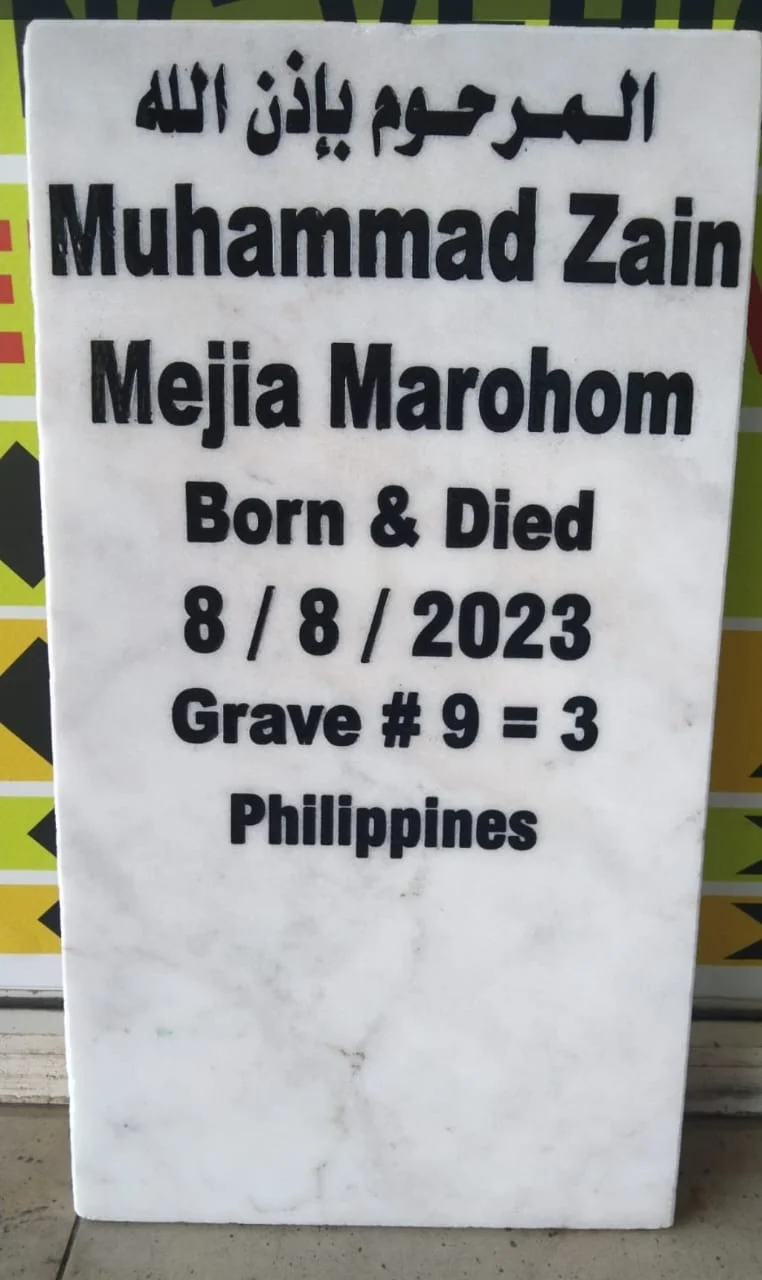
Designing with Dignity and Respect
A gravestone is more than a marker—it is a permanent reflection of a person’s life and legacy. For this reason, the design must balance aesthetic beauty, cultural meaning, and deep respect for the departed. Arabic calligraphy, when engraved on marble, adds a sacred dimension to this design process.
Choosing Appropriate Texts and Verses
One of the most important steps in the design is selecting the right text. Families often choose:
Qur’anic verses that emphasize mercy, forgiveness, and eternal peace.
Traditional prayers (du‘a) that ask for blessings upon the soul.
Personal inscriptions such as names, dates, and heartfelt messages.
Aziz, as a calligrapher, carefully guides families in making these choices, ensuring that every word reflects both faith and respect.
Aesthetic Balance of Text and Space
An effective gravestone design requires harmony between words and the marble surface. Too much text can feel overwhelming, while too little can appear incomplete. Aziz pays attention to spacing, proportion, and alignment, so the Arabic calligraphy flows naturally and creates a dignified appearance.
Blending Modern Techniques with Traditional Art
While technology offers engraving machines and digital design, Aziz blends modern precision with the soul of traditional calligraphy. This ensures that while the engraving is accurate and long-lasting, it also carries the warmth of human artistry. The result is a gravestone that feels timeless, personal, and respectful.
Ensuring Cultural and Religious Sensitivity
Every design must respect Islamic traditions and the wishes of the family. Aziz’s approach is rooted in cultural awareness—avoiding decorative excess that distracts from the message, and focusing instead on the spiritual and emotional essence of the engraving.
In this way, each gravestone becomes more than just a memorial: it becomes a symbol of dignity, remembrance, and devotion.
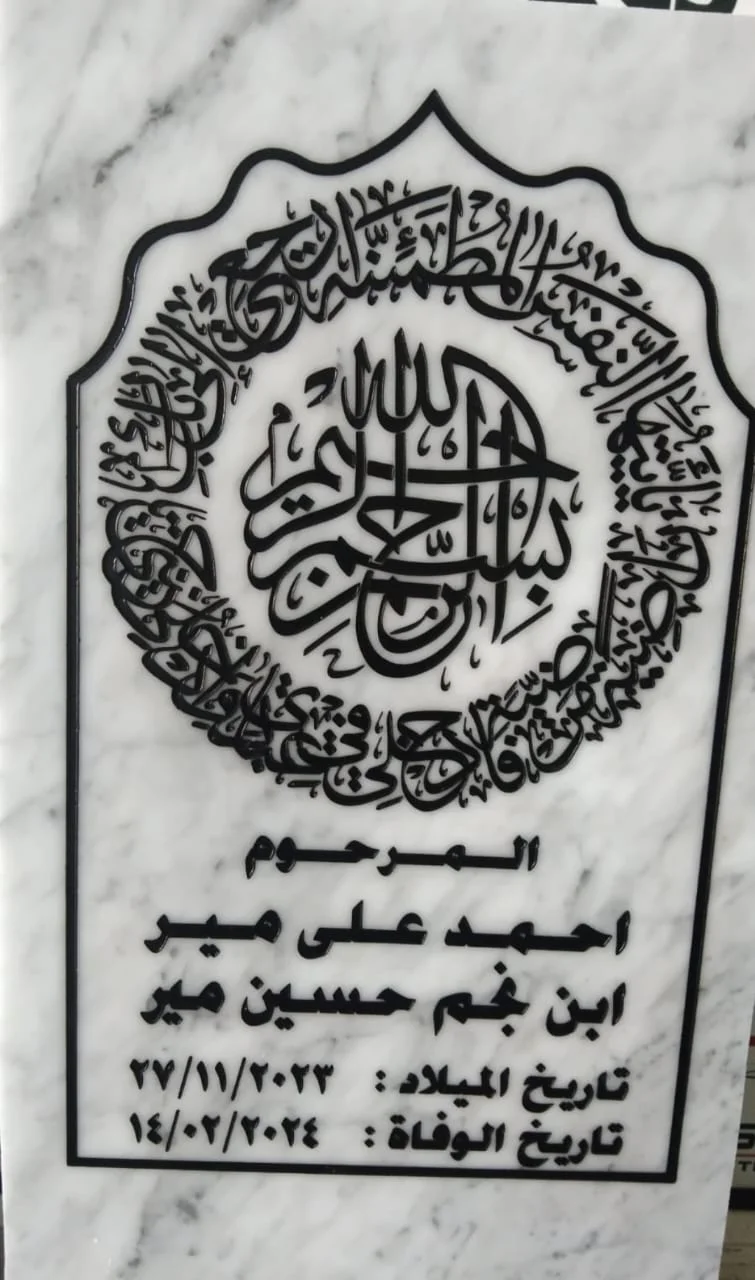
Preserving and Maintaining Marble Engravings
Marble is a durable and elegant material, but like all natural stones, it requires proper care to retain its beauty and clarity over time. Families who invest in Arabic calligraphy engravings want to ensure that the inscriptions remain sharp and legible for generations.
Cleaning and Care for Longevity
Regular cleaning helps maintain the natural shine of marble and prevents dirt from dulling the engraved calligraphy. It is recommended to:
Use soft cloths or brushes instead of abrasive tools.
Clean with mild soap and water, avoiding harsh chemicals that may damage the stone.
Rinse thoroughly and dry to prevent water stains.
Aziz often advises families on safe cleaning practices to preserve both the marble and the delicate engraved details.
Protecting Against Weather and Erosion
Gravestones are constantly exposed to sunlight, rain, and wind. Over time, these elements can cause fading or erosion. Applying a protective sealant can help shield the marble from moisture and weathering, while proper placement (avoiding direct water flow) extends its lifespan.
Restoring Old Marble Engravings
Even with care, older gravestones may lose their sharpness. Skilled artisans like Aziz can restore faded calligraphy, re-carving inscriptions where needed or polishing the surface to bring back its brilliance. This ensures that the names, prayers, and verses remain visible for future generations.
The Role of Families in Preservation
While artisans craft the gravestone, the family plays a vital role in preservation. Simple, consistent care is often enough to keep the marble shining and the calligraphy clear—a lasting way of honoring memory with respect and dignity.
Arabic Calligraphy Gravestones
Gravestones engraved with Arabic calligraphy hold a unique place in Islamic culture. They combine the timeless beauty of the Arabic script with the spiritual depth of Qur’anic verses, prayers, and meaningful phrases, creating monuments that honor the memory of the departed with dignity and reverence.
The Role of Arabic Calligraphy in Gravestones
In Islamic tradition, the written word is sacred. By inscribing Qur’anic verses or supplications (du‘a) in elegant calligraphy, gravestones become more than markers—they transform into spiritual reminders for visitors and a lasting tribute to the deceased.
Popular Calligraphy Styles Used
Different calligraphic styles are chosen depending on the tone and message of the gravestone:
Naskh: Clear and readable, perfect for names and dates.
Thuluth: Flowing and elegant, often used for Qur’anic verses.
Kufic: Geometric and bold, symbolizing tradition and permanence.
Artistic and Cultural Value
Arabic calligraphy gravestones are not only spiritual symbols but also works of art. Each inscription reflects centuries of Islamic heritage, with skilled calligraphers like Aziz ensuring every stroke is balanced, beautiful, and meaningful.
Personalization and Legacy
Families often customize gravestones with verses, poetry, or personal prayers. This personalization, when expressed in Arabic calligraphy, ensures that the gravestone serves as a lasting cultural and emotional legacy—a fusion of artistry and remembrance.
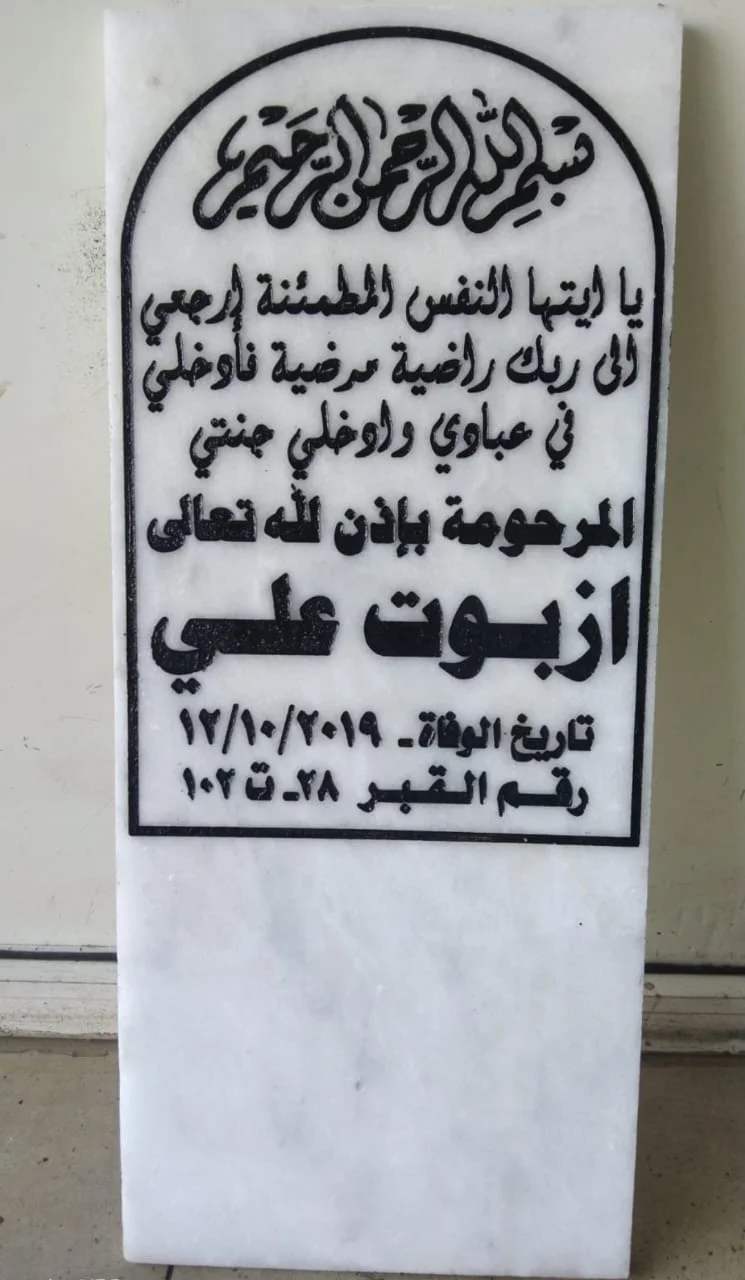
Islamic Grave Engraving Art
The art of Islamic grave engraving is a profound expression of faith, culture, and remembrance. Unlike simple markers, engraved gravestones in Islamic tradition embody spiritual meaning, artistic craftsmanship, and respect for the deceased.
Spiritual Foundations of Islamic Grave Engraving
In Islam, the grave is a place of dignity and remembrance. Engravings often include:
Qur’anic verses about mercy, forgiveness, and eternal life.
Names and dates to honor identity.
Supplications (du‘a) that offer prayers for the soul.
These inscriptions are carefully chosen to reflect both faith and tradition, ensuring the gravestone is not just a marker but a spiritual reminder for all who visit.
The Role of Calligraphy in Islamic Gravestones
Arabic calligraphy is central to Islamic art, and gravestones are no exception. Scripts such as Naskh, Thuluth, and Kufic are engraved into marble or stone, giving each grave a unique aesthetic. Calligraphy ensures that the words are not only read but experienced as visual art, merging spirituality with beauty.
Artistic Traditions Across Cultures
Islamic grave engraving varies across regions:
Middle Eastern styles emphasize Qur’anic verses in flowing calligraphy.
South Asian traditions may combine floral motifs with inscriptions.
North African designs often feature Kufic calligraphy with geometric balance.
Each reflects a blend of local culture and Islamic heritage, yet all share the same focus on honoring memory with respect.
Modern and Traditional Approaches
Today, artisans like Aziz, a skilled Arabic calligrapher, continue the traditional methods of hand-engraving, ensuring each letter carries depth and personality. At the same time, modern tools like laser engraving are sometimes used for precision. The best memorials combine both approaches—accuracy with soul, tradition with modernity.
Symbolism of Islamic Grave Engraving
Every design element, from the type of stone to the chosen calligraphy, carries symbolism:
Marble represents purity and timelessness.
Arabic script reflects divine beauty and cultural identity.
Floral or geometric patterns symbolize paradise and eternity.
Together, they create a sacred art form that preserves memory while respecting Islamic values.
Custom Memorial Engraving
A memorial engraving is more than an inscription on stone—it is a deeply personal way of honoring a loved one’s life. With custom memorial engraving, families can create unique, meaningful, and lasting tributes that reflect identity, faith, and legacy.
What Is Custom Memorial Engraving?
Custom memorial engraving is the art of personalizing gravestones, plaques, or monuments with:
Names, birth and death dates
Qur’anic verses, prayers, or religious texts
Poetry, quotes, or personal messages
Symbols, motifs, or decorative calligraphy
This customization ensures the memorial speaks directly to the memory of the individual, making it unique and heartfelt.
The Role of Arabic Calligraphy in Custom Engravings
For Islamic memorials, Arabic calligraphy adds cultural and spiritual depth. Skilled calligraphers like Aziz design inscriptions that are not only readable but also works of art. Whether in Naskh, Thuluth, or Kufic, the engraving becomes both a visual masterpiece and a spiritual tribute.
Material Choices for Custom Memorials
Different stones influence both durability and aesthetics:
Marble: Elegant and timeless, ideal for detailed calligraphy.
Granite: Extremely durable, weather-resistant, and versatile.
Limestone or sandstone: Softer, with a traditional, rustic look.
Choosing the right material depends on climate, cultural preferences, and the desired level of detail.
Why Families Choose Custom Memorial Engraving
Personalization: Captures the essence of the individual.
Cultural expression: Arabic calligraphy and Islamic motifs reflect heritage.
Durability: High-quality engraving ensures memories endure for generations.
Spiritual legacy: Qur’anic verses or prayers bring peace and blessings.
Traditional Craft Meets Modern Precision
Today, artisans like Aziz blend hand-carved artistry with modern engraving tools. This ensures inscriptions are not only accurate but also infused with the human touch—creating memorials that balance precision with soul.
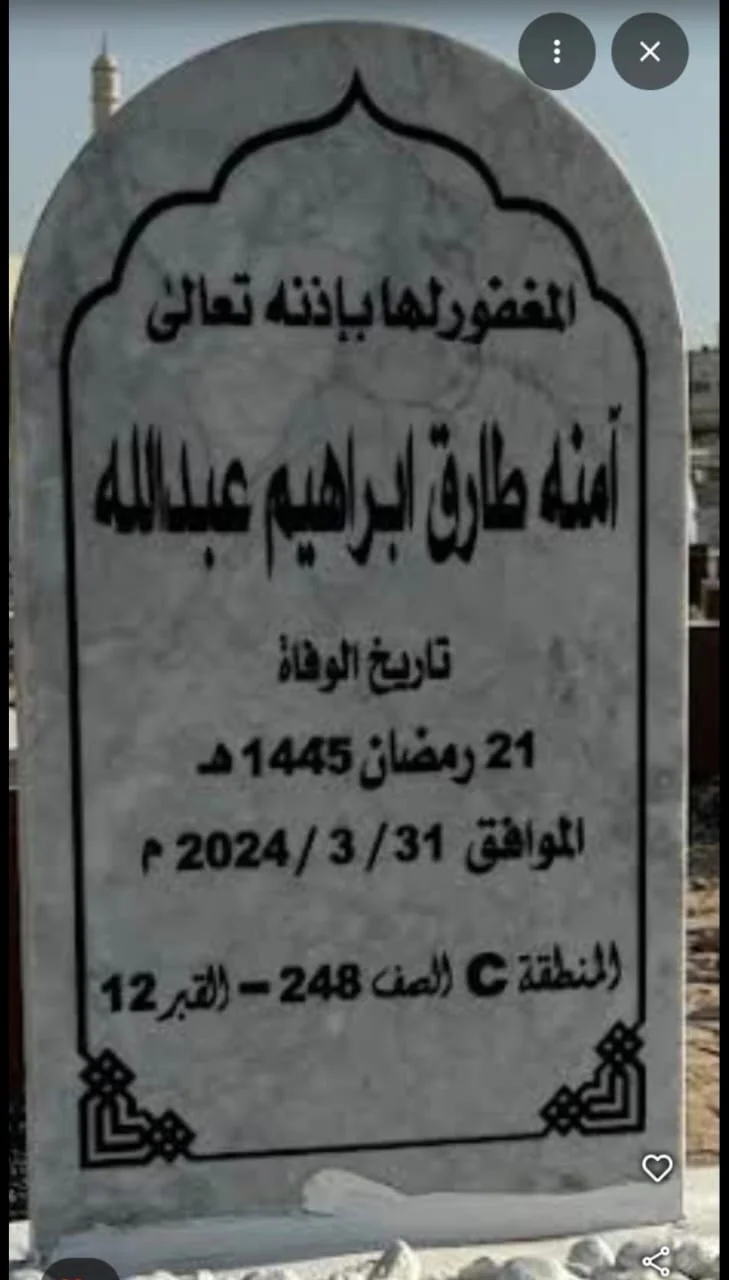
Marble Headstone Design
Marble headstones have been a timeless choice for honoring loved ones, admired for their elegance, durability, and ability to carry detailed engravings. A well-designed marble headstone is not just a marker of a grave—it is a reflection of memory, respect, and artistry.
Why Choose Marble for Headstones?
Marble has long been valued for its natural beauty and symbolic meaning. Families prefer it because:
It allows sharp, detailed engravings, including Arabic calligraphy.
Its polished surface reflects light, giving the headstone a dignified appearance.
White marble symbolizes purity, peace, and eternity, while black marble conveys strength and permanence.
Key Elements of Marble Headstone Design
Designing a headstone involves careful choices that balance tradition, personalization, and durability. Important elements include:
Inscription Style
Names and dates in clear, readable fonts.
Qur’anic verses or prayers engraved in Arabic calligraphy.
Personal messages or poetry.
Calligraphy Styles
Naskh: Clear and simple, ideal for names and verses.
Thuluth: Elegant and flowing, used for decorative inscriptions.
Kufic: Bold and geometric, symbolizing tradition.
Shape and Structure
Upright slabs, flat markers, or custom shapes.
Carved borders, arches, or domes for Islamic-inspired designs.
Ornamentation
Floral or geometric patterns.
Subtle decorative frames that highlight the inscription.
Modern and Traditional Approaches
Today, families can choose between hand-carved engravings by artisans like Aziz—where every stroke carries cultural artistry—or machine-assisted precision for consistency. Many memorials combine both methods to ensure accuracy with soul.
Preserving the Beauty of Marble Designs
Marble requires proper care to retain its elegance:
Clean with mild soap and soft cloths.
Avoid harsh chemicals that may erode the surface.
Apply protective sealants against weather damage.
With the right care, a marble headstone can remain a timeless tribute for generations.
FAQ – Frequently Asked Questions
1. Why is marble commonly used for headstones?
Marble is durable, elegant, and allows for detailed engravings such as Arabic calligraphy. Its smooth surface gives inscriptions clarity, making it a preferred choice for both traditional and modern memorials.
2. How long does marble last for grave engravings?
With proper care and maintenance, marble can last for centuries. However, it is softer than granite, meaning it may require periodic cleaning and sealing to preserve engravings.
3. What types of Arabic calligraphy are used in gravestones?
The most common scripts are Naskh, Thuluth, and Kufic. Each style carries a unique character—Naskh is simple and readable, Thuluth is elegant and decorative, while Kufic is bold and geometric.
4. Can I customize the design of a marble headstone?
Yes, custom memorial engraving allows families to include names, Qur’anic verses, prayers, poetry, and motifs. Skilled calligraphers like Aziz ensure the design is respectful and meaningful.
5. How do I maintain a marble headstone?
Clean the stone gently with mild soap and water using a soft cloth or brush. Avoid strong chemicals, and consider applying a protective sealant to prevent weather damage.
6. What is the difference between hand-engraving and machine engraving?
Hand-engraving adds artistry, uniqueness, and a personal touch.
Machine engraving offers precision and consistency.
Many families choose a combination of both for the best results.
7. Are Islamic gravestones different from others?
Yes, Islamic gravestones often feature Qur’anic inscriptions, prayers, and Arabic calligraphy, focusing on spiritual remembrance rather than decorative imagery. Designs emphasize simplicity, respect, and dignity.
8. Can old marble engravings be restored?
Yes, skilled artisans can restore faded calligraphy by re-carving or polishing the surface. This ensures that inscriptions remain legible and the memorial continues to honor the deceased.
you can read also:

